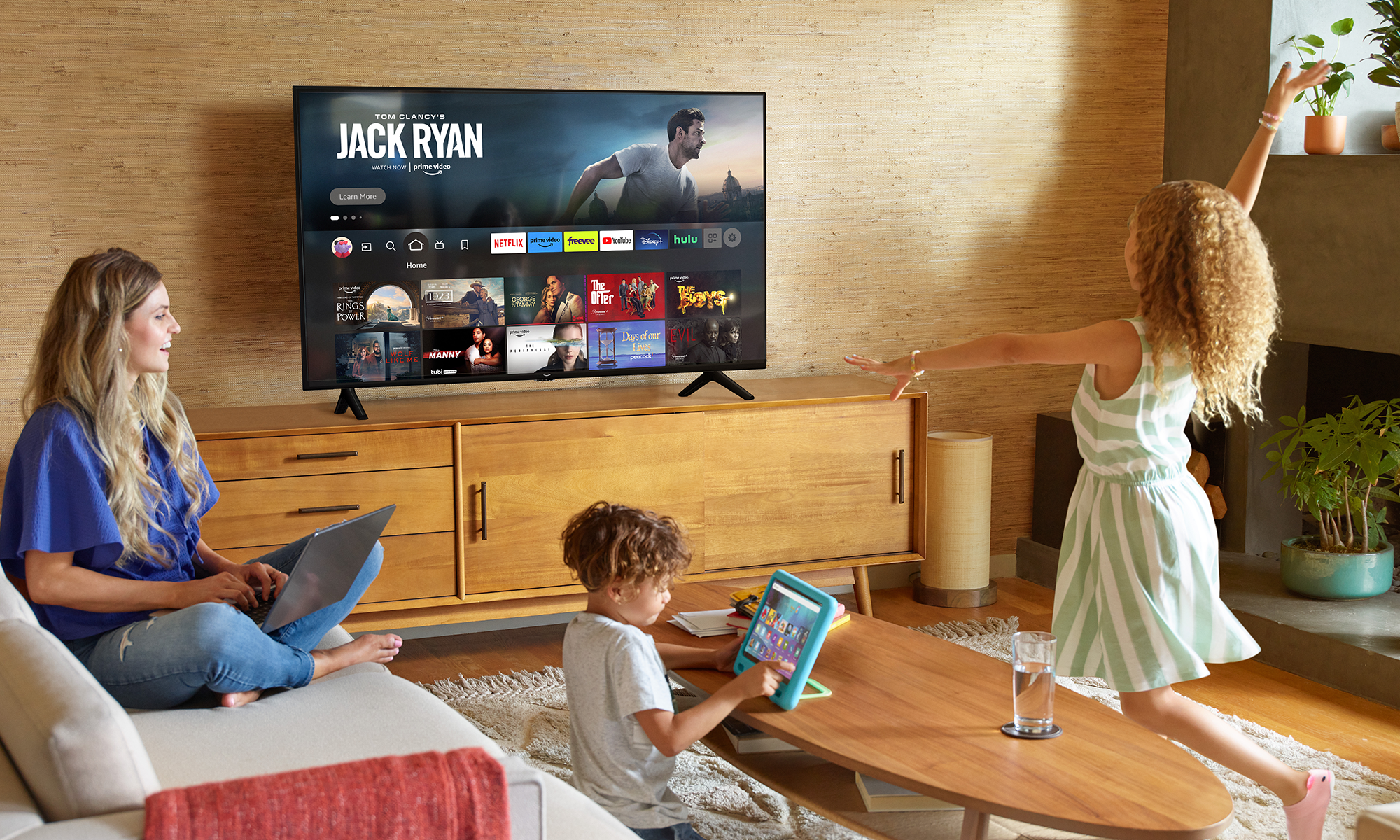
Image Source: Wikimedia Commons.
After dipping its toe in the brick-and-mortar world by opening a handful of bookstores over the past couple years, Amazon.com (AMZN +1.11%) now looks ready to dive headfirst into physical retail.
According to Business Insider, the e-commerce giant has a vision of opening as many as 2,000 Amazon Fresh-branded grocery stores across the country in the next ten years, and will launch a pilot program to test 20 stores across the country in cities like Seattle, Las Vegas, Miami, and New York.
Amazon will also test different formats at those stores. Ten of them will be "click-and-collect" stores where drivers can pull up and receive orders they've made online. Both Kroger (KR 1.84%) and Wal-Mart (WMT 0.69%), the nation's largest grocery retailers, have found success with the model and have rapidly expanded it in recent years.
The other ten stores in Amazon's pilot will be traditional supermarkets where shoppers come in and select the merchandise themselves.
Getting fresh with Fresh
Amazon has long had its eye on the grocery industry. The company first launched its grocery delivery service, AmazonFresh, in 2007, testing it for six years in Seattle before taking it to Los Angeles. Since then, the company has gradually ramped up, and has added several new cities this year, including Boston, Chicago, Dallas, Baltimore, and London.
It's clear why Amazon wants a piece of the grocery business. The domestic market alone is worth more than $600 billion, and as Amazon's own revenue pushes past $100 billion annually, it needs to penetrate big markets like groceries in order to keep its blockbuster sales growth rate going.
Online grocery is still a small market, but it's expected to grow rapidly in coming years as technology improves and companies like Amazon make a play for it. Morgan Stanley estimates that the category will grow 157% this year to $42 billion, making 6% of the total grocery industry.
Expanding Fresh is also a way for Amazon to leverage its brand, as it's already a trusted online retailer for millions of Americans.
What 2,000 stores would look like
Covering the U.S. with AmazonFresh stores won't be easy or cheap. The Amazon stores are expected to be as large as 30,000 square feet, close to the size of the average Whole Foods. Based on capital expenditures and average investment from Amazon's brick-and-mortar peers, opening 200 stores annually could cost upwards of $2 billion in capital expenditures a year, a substantial figure for a company that has struggled to generate consistent profits. Grocery stores also have notoriously thin profit margins as 2-3% is considered the norm for the industry.
Amazon would likely use the stores as a base for its Fresh business, supporting delivery and offering customers a pick-up spot or a store to shop in. Amazon does not break out data on segments like Fresh, so its revenues today are unclear, but the company's recent decision to lower its fee from $200 a year to $15/month shows it's making bigger push for consumers' grocery dollars.
Using Kroger, the largest traditional grocer, as a model, we can come up with a rough estimate for what Amazon's 2,000 supermarkets would produce in profit. If we assume each store is 30,000 square feet, the e-commerce giant would have 60 million square feet of grocery retail.
During fiscal 2015 Kroger generated sales per square foot of $672. If Amazon's Fresh stores matched that figure, it would deliver revenue of $40.3 billion, a substantial sum. However, Kroger's profit margin is just 1.8%. Based on that rate, Amazon would only end up with $725.8 million in after-tax profit. For a company valued near $400 billion, that won't make a difference. Even in a best-case scenario, it's hard to see profits from those stores going significantly above $1 billion.
Amazon Founder Jeff Bezos is well known for his willingness to think long-term and delay profits. That has paid off with projects like Amazon Web Services, which is on its way to generating over $1 billion in operating profit this year, but grocery isn't like that. Competition is steep, margins are thin, and Amazon's flywheel of competitive advantages doesn't really apply. Industry leaders like Kroger and Wal-Mart also have a huge head start here, and will likely have thousands of pick-up kiosks by the time Amazon completes its pilot program.
For consumers, an Amazon grocery chain could be great, but it looks like more of a money pit for investors.








